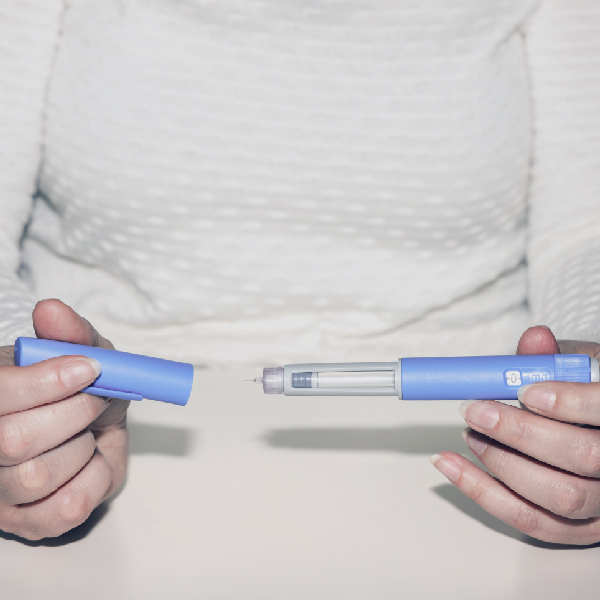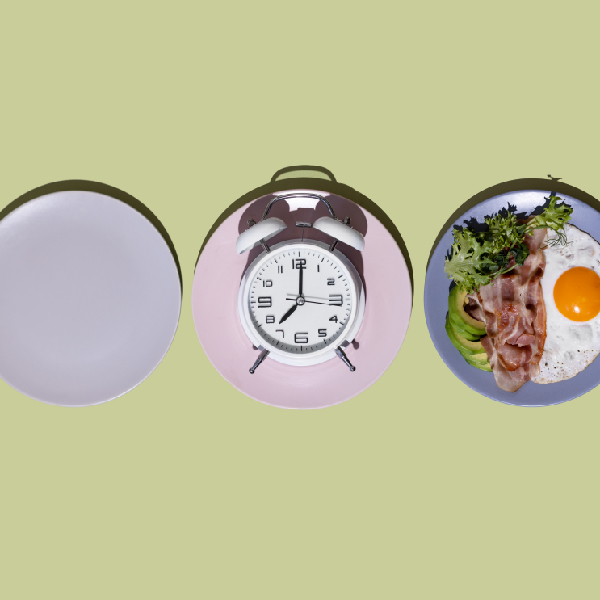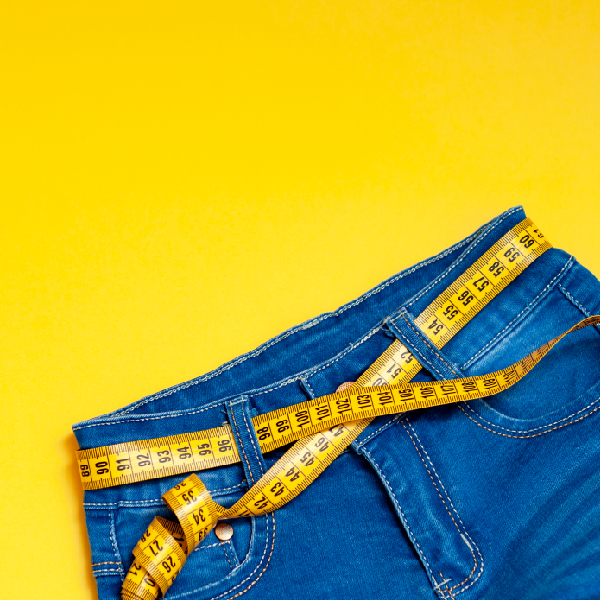Fruits and vegetables are some of the healthiest foods that can be eaten. In the Choose MyPlate Food Guide that depicts the recommendations of the 2010 Dietary Guidelines for Americans (1), it is suggested that at least half your plate should be made up of fruits and vegetables. And, in the DASH Diet Plan, people are encouraged to consume as many as 7-9 fruits and vegetables a day, which has been shown to be beneficial for individuals needing to control both high blood pressure and blood sugar levels (2). But for some individuals living with diabetes, too much fruit and fruit juice may send blood sugar levels spiraling out of control. So, what are the best fruits to have to keep blood sugar levels in check?
In exploring the wide variety of fruits, from the sweet and juicy grapefruit to the crisp and refreshing apple, all can be included in a healthy meal plan for a diabetic (1, 2). But there are three things that could be considered that might make some fruits more appropriate for the person living with diabetes or prediabetes, and that is: the glycemic index of the fruit, the carbohydrate load per portion consumed, and its dietary fiber content.
The Glycemic Index: To determine how a particular food might affect blood sugar levels as compared to a reference sample of pure glucose, researchers established the Glycemic Index (3, 4). The rise in blood glucose from pure glucose was given a score of 100% and samples of each food were given a score on how much it matched that of the glucose. For example, the glycemic index of white bread is 70% which makes it closer to pure glucose in its effect on blood sugar levels as compared to Pumpernickel bread, that has only a glycemic level of 50%, which is half as much as pure glucose and therefore, would be a better selection for those seeking to moderate their blood sugar levels (3, 5).
In looking at the glycemic index related to fruits, grapefruit has one of the lowest levels with a glycemic index of 25%, followed by plums with a range of 24-54%, prunes 25-33%, peaches, 28-58%, and pears & apples, both 36-40% (3, 4). One thing you might have noticed is that the variability range of the glycemic index for a particular fruit can be quite large (e.g., plum or peaches) which is based on the variety of the fruit tested, the time of year, the ripeness of the fruit, the weather during the growing season and well, a number of other issues (3, 4, 5). I point this out to let you know that the index should only be used as a guide or a tool for food selection and not as an exact measurement (5). Also, the index is not based on a typical portion sizes that is usually seen in everyday life. And therefore, it should be further assessed to determine the carbohydrate or glycemic load being consumed and how it fits into your overall meal pattern (3, 4, 5).
The Glycemic Carbohydrate Load: The size and amount to be eaten of a fruit will also make a difference in the total amount of carbohydrate actually consumed, which is referred to as the carbohydrate or glycemic load (3, 4, 5). You can have a fruit like plums with a low to moderate glycemic index, but when several are consumed at once or they are larger than the average size, then the actual amount of carbohydrates consumed can be high enough to elevate blood sugars higher than expected (4, 5).
To calculate the glycemic load, multiply the glycemic index of the food by the grams of carbohydrate in the portion you plan on eating and then divide by 100 (3, 4, 5). Fruits having both a lower glycemic index and lower glycemic load would be the best fruits for the person looking to control their blood sugar levels (5). So let’s re-examine the grapefruit with a glycemic index of 25. For ½ grapefruit or approximately 120 grams it has about 13 grams of carbohydrate, and the glycemic load would calculate to be around 3, a low level. But, in looking at the banana, with a glycemic index of 51, 120 grams would provide about 25 grams of carbohydrate and the glycemic load would calculate to be 13, a much higher carbohydrate load. This explains why only half of a banana is recommended as a serving size. Fruits with a lower glycemic load of 3-6, for a 120 gram serving (approximately ½ cup serving), include: grapefruit – 3, pear – 4, watermelon – 4; plums – 5, peaches – 5, orange – 5, and apples – 6 (4, 5).
High Fiber Content: Now, if you really do not want to do all of that math, then the other way to decide on what are the best fruits for blood sugar control is to pick those with the highest fiber and nutrient content, and just keep portion size moderate (120-240 grams or ½ cup to 1 cup at a meal or snack). Food tables can be found in the 2010 Dietary Guidelines (1) that list the dietary fiber content and calories provided in selected foods, including fruits. It is recommended that foods rich in fiber and nutrients be included in the healthy eating plan to reach a range of 21-50 grams of fiber per day from primarily fruits, vegetable, and whole grains (1, 2, 5).
Currently, the average fiber consumption for individuals in the US stands at around 15 grams per day. Increasing fiber with minimally processed (as close to the whole as possible) fresh fruit is good for blood sugar control because if slows down the rate of glucose absorption and moderates blood sugar fluctuations so that fast increases in blood sugar levels are avoided (2, 5). For this reason, appetite is better managed along with having fewer problems with low blood sugar reactions when whole fruits are consume (5). Although “juicing” is quite popular, drinking your fruit is not as desirable as eating the fruit whole when it comes to controlling blood sugar levels (2, 5). Some higher fiber, nutrient dense fruits include: pears – 5.5 g., raspberries – 4.0 g., blackberries – 3.8 g., apples – 3.6 g., guava – 3.0 g., and oranges – 3.0 g. (1).
The bottom line, most fruits are great to have in a healthy eating plan for people with diabetes. Although portion size would need to be kept under control, having fruit at each meal throughout the day is highly recommended and will assure that it is money well spent as none will go to waste…Enjoy!
Yvonne is the owner of Y-EAT Right…Nutritional Consultant for Healthy Living, She conducts special workshops to promote healthy nutritional and living behaviors. To find out more about her services email her at: [email protected] or phone her at (414) 639-5660.
1) USDA & USHHS (2014). Dietary Guidelines, Appendix13. Selected Food Sources Ranked by Amounts of Dietary Fiber and Calories per Standard Food Portion. Washington D.C.: Food and Nutrition Service. The information was retrieved here.
2) Ley, S.H., Hamdy, O., Mohan, V., & Hu, F.B. (2014). Prevention and management of type 2 diabetes: dietary components and nutritional strategies. The Lancet, 383(9933), 1999-2007.
3) Atkinson, F.S., Foster-Powell, K., and Brand-Miller, J.C.(2008). “International tables of glycemic index and glycemic load values: 2008.” Diabetes Care, Vol. 31, number 12, pages 2281-2283.
4) Harvard Health Publications (2012). “Glycemic index and glycemic load for 100 foods.”
5) Greer, Y. (2013). Diabetes and obesity: reducing your health risks. In: Real Life: The Hands-on, Pounds-off Guide, Milwaukee, WI: TOPS Club, Inc.




